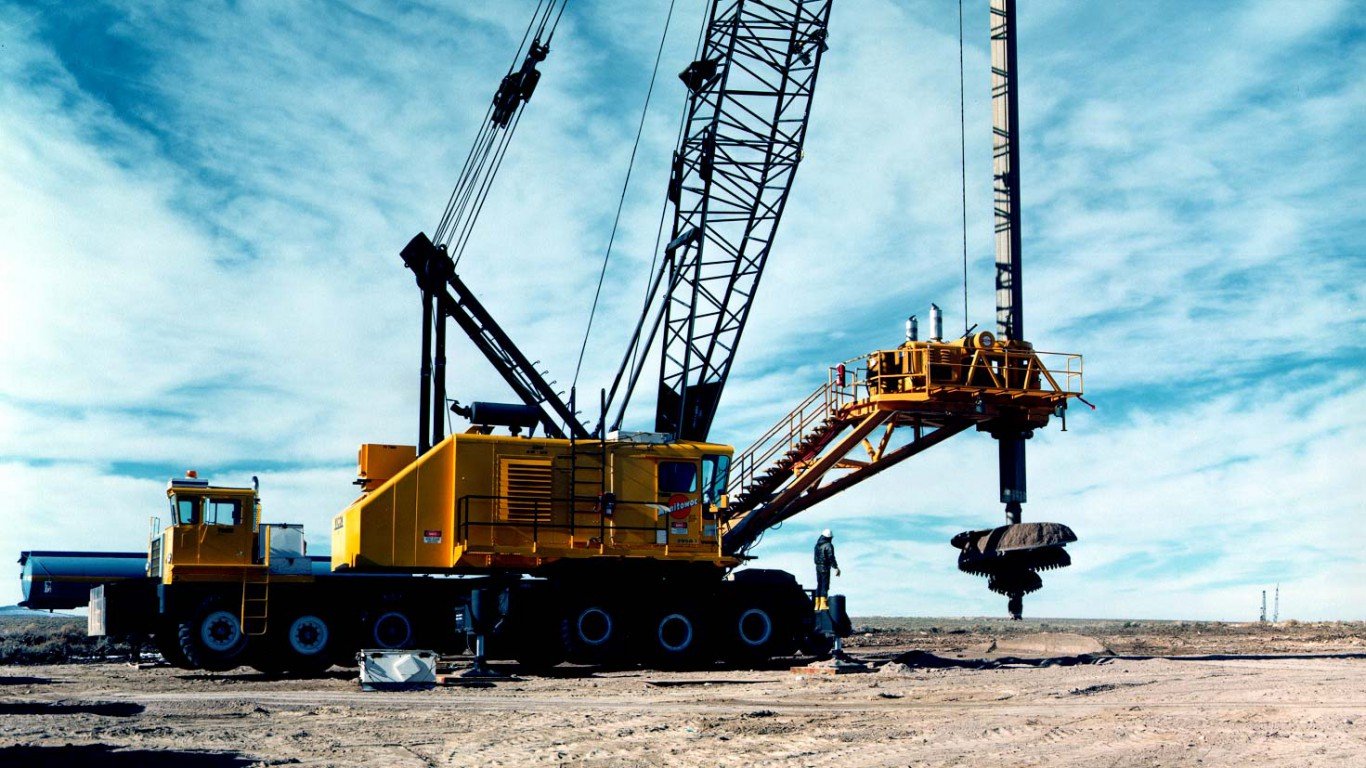

In the week ending October 19, 2018, the number of land rigs drilling for oil in the United States totaled 873, an increase of four compared to the previous week and up by 137 compared with a total of 736 a year ago. Including 194 other land rigs drilling for natural gas, there are a total of 1,067 working rigs in the country, up week over week by four and 154 more year over year. The data come from the latest Baker Hughes North American Rotary Rig Count released on Friday afternoon.
West Texas Intermediate (WTI) crude oil for November delivery settled at $68.65 a barrel on Thursday and traded up about 0.9% Friday afternoon at around $69.30 shortly before regular trading closed. WTI is on track to close the week down by around 4%. Brent crude for December delivery traded at $80.11 a barrel, up about 0.8% for the day.
The natural gas rig count rose by one to 194 this week, and the number of “miscellaneous” rigs dropped by one to zero. The count for natural gas rigs is now up by 17 year over year. Natural gas for November delivery traded up about 1.5% at around $3.25 per million BTUs, up by about eight cents compared to last Friday and down nearly 3% from its high of around $3.33 for the week.
Crude prices opened the week at around $72.50 a barrel, before hitting a weekly low below $69 on Thursday. China’s economy is slowing, Italy is getting sideways with the European Union, and U.S. demand for oil seems to be slipping as stockpiles keep rising. Those increases may be temporary, however, as refinery usage has been around 88% in each of the past two weeks as seasonal maintenance is accomplished. Most observers believe production will rise and domestic prices will stay high because the demand for gasoline and diesel fuel for export will strengthen.
Among the states, Baker Hughes reports that Texas added eight rigs this week and California added two rigs. Alaska and New Mexico each lost two rigs, while Oklahoma and Pennsylvania lost one rig each.
In the Permian Basin of west Texas and southeastern New Mexico, the rig count now stands at 490, one more compared with the previous week’s count. The Eagle Ford Basin in south Texas has 79 rigs in operation, up week over week by two, and the Williston Basin (Bakken) in North Dakota and Montana has 52 working rigs, unchanged for the week.
Producers dropped one horizontal rig this week and the count fell to 926, while offshore drillers reported a total of 19 rigs, down three from the previous week’s count.
Essential Tips for Investing: Sponsored
A financial advisor can help you understand the advantages and disadvantages of investment properties. Finding a qualified financial advisor doesn’t have to be hard. SmartAsset’s free tool matches you with up to three financial advisors who serve your area, and you can interview your advisor matches at no cost to decide which one is right for you. If you’re ready to find an advisor who can help you achieve your financial goals, get started now.
Investing in real estate can diversify your portfolio. But expanding your horizons may add additional costs. If you’re an investor looking to minimize expenses, consider checking out online brokerages. They often offer low investment fees, helping you maximize your profit.
Thank you for reading! Have some feedback for us?
Contact the 24/7 Wall St. editorial team.


